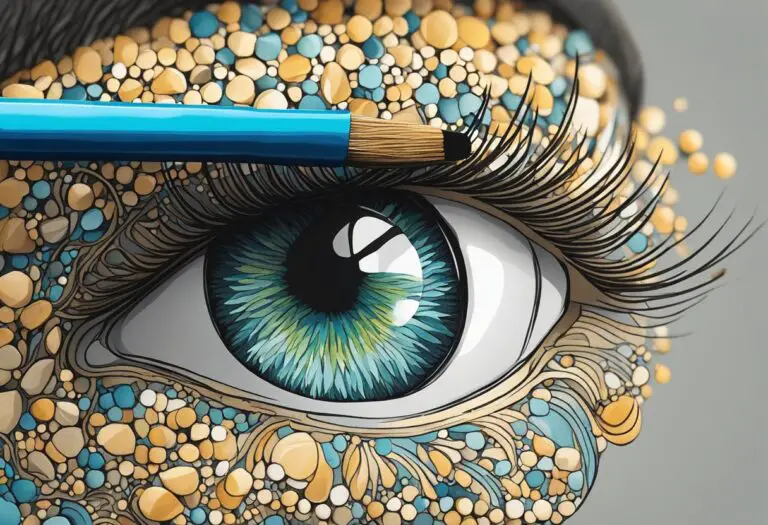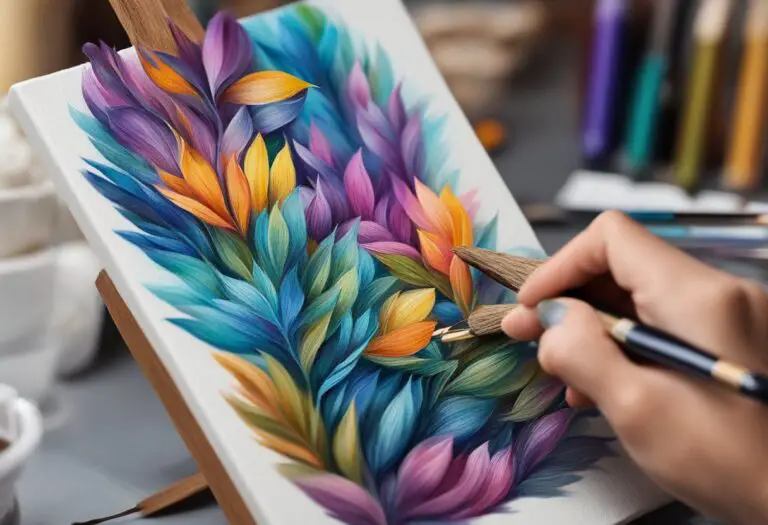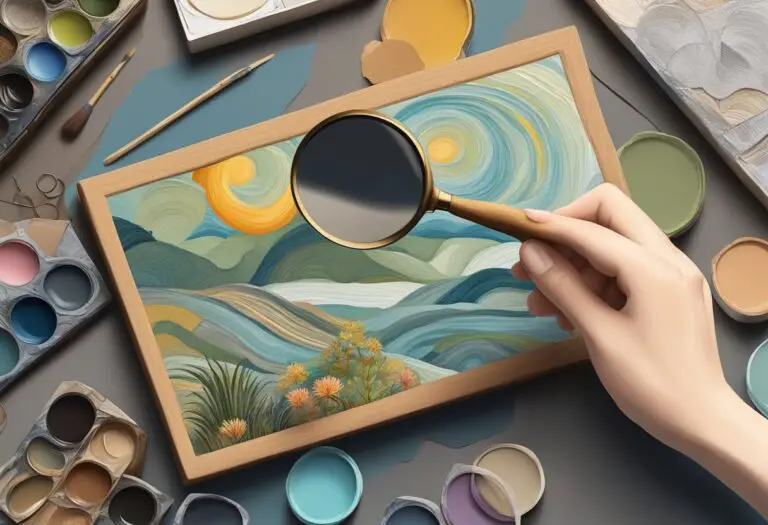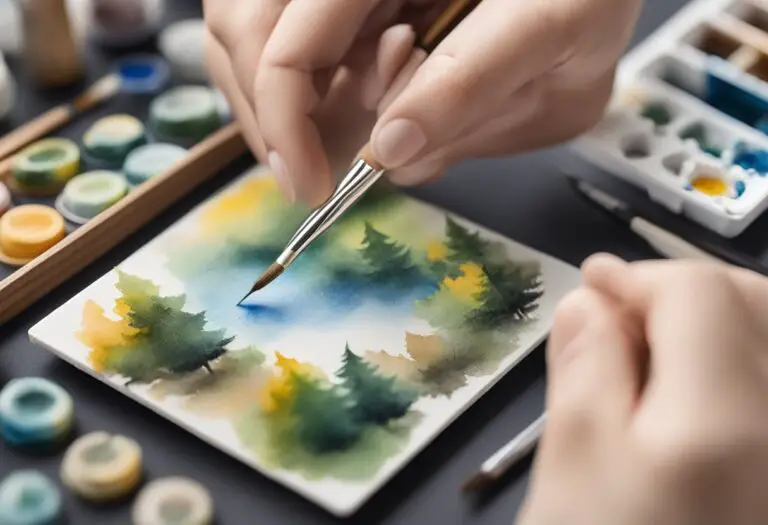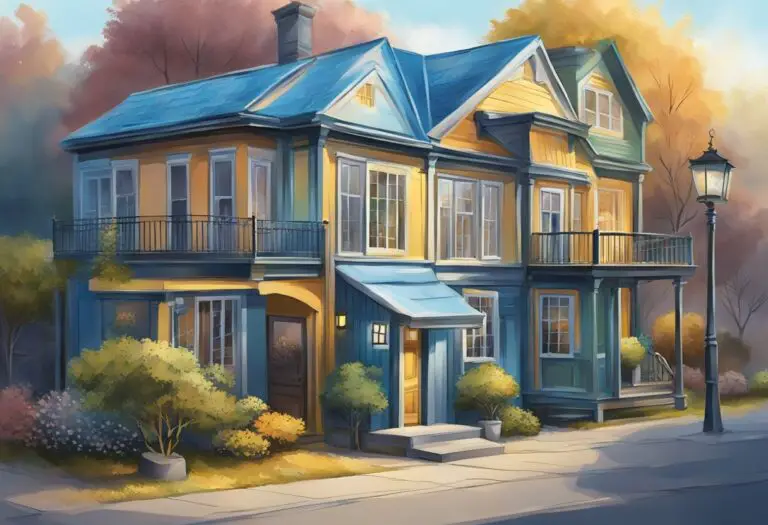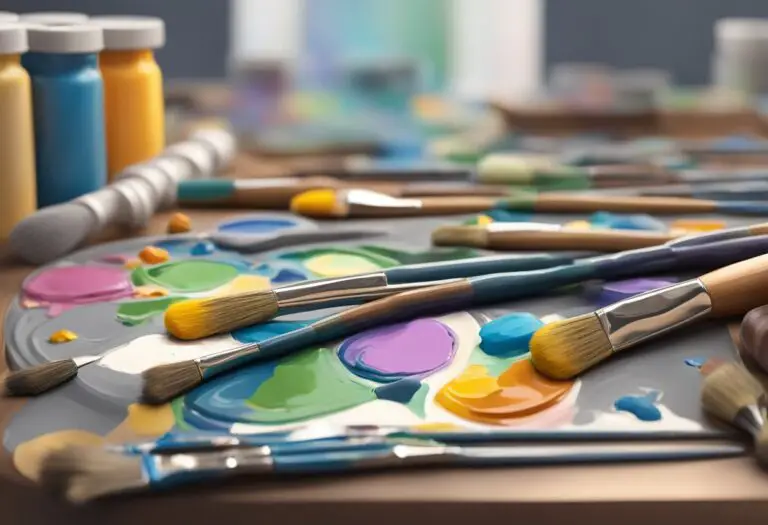OSL (Object-Source Lighting) in Miniature Painting
Object-Source Lighting (OSL) is a captivating technique used in miniature painting to create stunning lighting effects. By strategically painting the light source and its interaction with objects, painters can achieve a sense of depth and realism that brings miniatures to life.
In this article, we will explore the world of OSL in miniature painting. From understanding the fundamentals of this technique to mastering advanced methods, we will provide you with valuable insights and tips to elevate your painting skills.
Whether you’re a beginner or an experienced painter looking to enhance your miniatures, OSL offers endless possibilities for creativity and artistic expression. Let’s delve into the world of OSL and discover how you can transform your miniatures into visually captivating masterpieces.
Key Takeaways:
- OSL (Object-Source Lighting) is a technique used in miniature painting to create dynamic lighting effects.
- By understanding the fundamentals of OSL, painters can enhance the overall appearance of their miniatures.
- OSL involves strategically painting the interaction between the light source and objects in the scene.
- Mastering OSL techniques requires practice, attention to detail, and understanding the principles of light and shadow.
- Experimenting with OSL can take your miniature painting skills to the next level, adding depth and realism to your models.
Understanding Object-Source Lighting
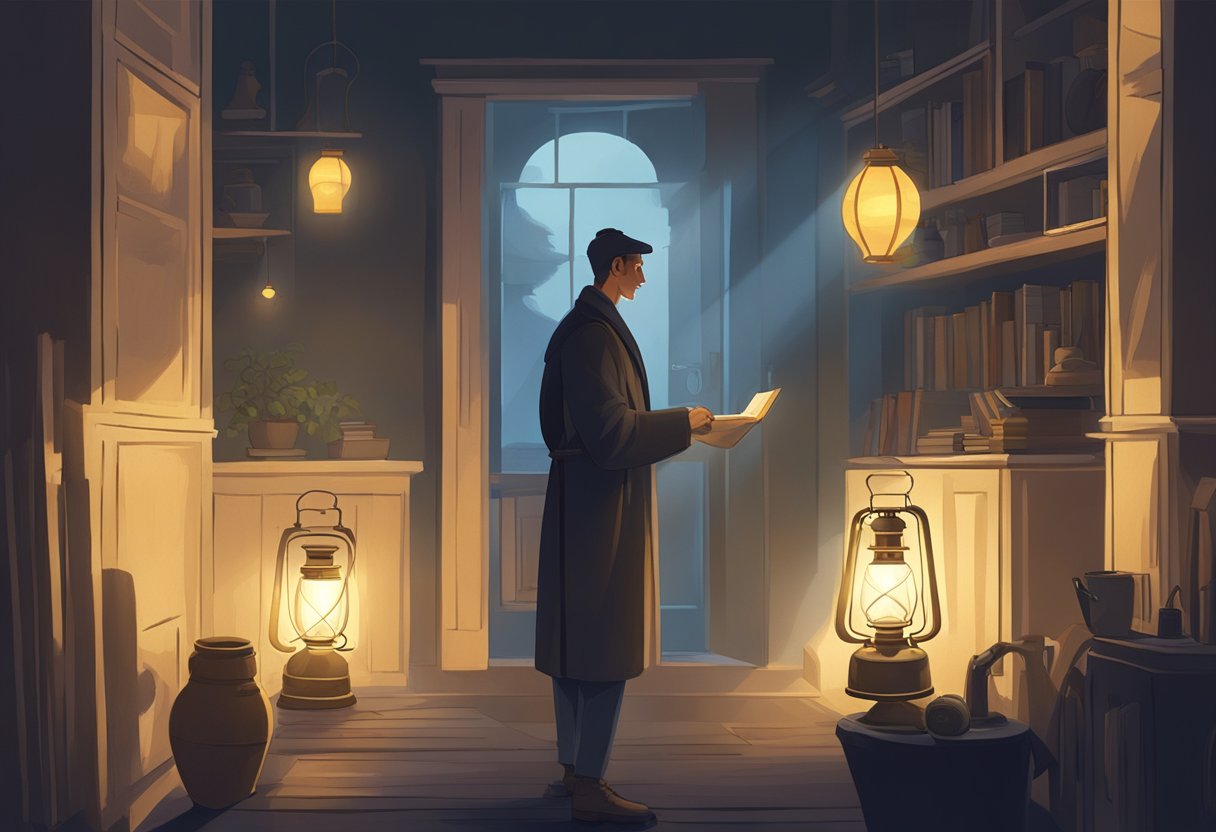
Object-Source Lighting (OSL) is a technique that brings depth, realism, and visual interest to miniature painting. By understanding and mastering OSL techniques, painters can create stunning effects that mimic the interaction of light with objects in a scene.
Identifying the Light Source
The first step in achieving OSL effects is to identify the light source in your composition. Whether it’s a lantern, a magic spell, or a glowing rune, understanding where the light originates from is crucial for creating realistic lighting.
Interaction with Objects
Once you have determined the light source, it’s important to consider how it interacts with the surrounding objects. Light will bounce off and cast shadows, creating a dynamic interplay between light and shadow. Pay attention to the angles and intensity of the light to replicate this interaction.
Methods to Achieve OSL Effects
There are several techniques that can be used to achieve OSL effects on miniature models. One popular method is to begin with a dark basecoat and gradually build up layers of brighter colors where the light would hit. Another approach is to use glazes and translucent paints to create a glowing effect on the objects.
Step-by-Step Instructions for Beginners
For those new to OSL, here is a step-by-step guide to achieve OSL effects:
- Start by priming your miniature model with a dark basecoat.
- Identify the light source and determine the areas that will be directly affected by the light.
- Using a lighter color, gradually build up layers on the areas where the light would hit.
- Add highlights and subtle reflections to enhance the illusion of light.
- Use glazes or translucent paints to create the glowing effect on illuminated objects.
- Remember to blend and smooth out the transitions between light and shadow for a realistic look.
Experimenting with different techniques and materials will help you find your preferred method for achieving OSL effects. With practice and patience, you’ll be able to bring your miniature models to life with captivating object-source lighting.
Essential Tips for Painting OSL
When it comes to creating stunning Object-Source Lighting (OSL) effects on miniatures, understanding and applying essential tips and tricks can make a significant difference in achieving realistic and eye-catching results. Whether you’re a beginner or an experienced painter looking to improve your OSL techniques, the following guidelines will help you elevate your miniature painting game.
1. Color Selection:
Choosing the right colors for your OSL effects is crucial. Consider the light source and the objects it interacts with in the scene. Start by identifying the primary light color and then determine how it affects the surrounding areas. Gradually transition from the lightest color to the darkest shade to create a seamless blend that mimics natural lighting conditions.
2. Blending Techniques:
To achieve smooth transitions and gradients in your OSL effects, mastering blending techniques is essential. Use wet blending or layering techniques to seamlessly blend colors together, ensuring a seamless and realistic transition between light and shadow. Practice and experimentation are key to refining your blending skills.
3. Creating Realistic Light Patterns:
Imitating the patterns and shapes of real light sources can significantly enhance the authenticity of your OSL effects. Observe how light falls on objects in real life and replicate the same patterns on your miniatures. Experiment with brushwork techniques and stippling to create the illusion of light and shadow interactions in your OSL effects.
“Mastering OSL techniques requires patience and practice. Don’t be afraid to experiment and step out of your comfort zone. The more you paint, the better you’ll become at creating compelling OSL effects.”
4. Step-by-Step Painting Tutorial:
For a more hands-on approach to learning OSL techniques, we’ve prepared a step-by-step painting tutorial to guide you through the process. Follow the instructions closely and observe how each step contributes to the overall OSL effect. This tutorial will provide you valuable insights into the techniques used by experienced painters to achieve stunning OSL results.
By implementing these essential tips and practicing regularly, you’ll begin to develop a mastery of OSL effects on miniatures. Remember, there is no right or wrong way to approach OSL painting; it’s a form of artistic expression where creativity and experimentation are encouraged. Embrace the process and enjoy the journey to becoming an OSL master!
OSL for Miniature Models
Incorporating OSL (Object-Source Lighting) in miniature models can be a game-changer for hobbyists and painters. By utilizing this technique, miniatures gain a vibrant and lifelike appearance, adding depth and a sense of realism to the overall composition.
For beginners looking to venture into OSL, a comprehensive guide is a valuable resource. Understanding the fundamentals and techniques involved is essential to achieve stunning results. Starting with simple lighting effects and gradually progressing to more complex scenarios will enable hobbyists to refine their skills and build confidence.
Let’s explore some of the benefits of incorporating OSL in miniature models:
- Enhanced Visual Appeal: OSL creates a visual focal point by emphasizing the interaction between light and shadow. The dynamic lighting effects immediately draw the viewer’s attention and make the model stand out among others.
- Realistic Ambience: OSL brings life to the miniature by simulating the effect of light sources in the environment. From the flickering glow of a magical fireball to the soft rays of a lantern, OSL adds a touch of authenticity to the scene.
- Storytelling Element: Incorporating OSL in miniature models allows painters to convey a narrative more effectively. The lighting can depict specific moods, such as a dimly lit dungeon or a sun-drenched forest, evoking emotions and immersing the viewer in the story.
“OSL is like painting with light; it adds a whole new dimension to your miniatures and elevates them to the next level of artistry.” -Emma Thompson, miniature artist
For inspiration and reference, let’s take a look at some remarkable examples of OSL in miniature painting:
| Model | Description | Image |
|---|---|---|
| Gandalf the Grey | Astonishing OSL effect depicting his staff radiating a warm, magical glow |  |
| Orc Shaman | Glowing runes on the shaman’s staff and face bring an otherworldly aura to the miniature |  |
| Space Marine Squad | Subtle OSL effects on the rifle muzzles and chest-mounted lights add a futuristic touch |  |
These examples showcase the versatility and creative possibilities OSL offers in miniature painting. Remember, practice makes perfect, and experimentation is key. As you delve into the world of OSL, explore different light sources, intensities, and colors to achieve your desired effects.
Fine-tuning OSL Techniques
For experienced painters seeking to take their OSL (Object-Source Lighting) skills to the next level, this section explores advanced techniques and expert tips to achieve stunning results. By incorporating these advanced OSL techniques, painters can create intricate translucent effects, manipulate light intensity, and seamlessly integrate OSL into various settings.
Creating Translucent Effects
One of the hallmarks of advanced OSL is the ability to create translucent effects that mimic the interaction between light and objects. To achieve this, experiment with layering thin glazes of translucent paints over darker base colors. Gradually build up the intensity of the light by selectively adding more layers, focusing on the areas closest to the light source.
Pro tip: Use a brush with soft bristles and blend the glazes smoothly to achieve a seamless transition from the light to the shadows.
Manipulating Light Intensity
Advanced OSL painters understand the importance of controlling light intensity to create realistic lighting effects. By varying the opacity and density of the paint, you can depict the softness or harshness of the light source. Experiment with diluted washes or dry brushing techniques to subtly adjust the intensity and create nuanced lighting conditions.
Pro tip: Pay attention to the angle and direction of the light source to accurately portray shadows and highlights, adding depth to your miniature models.
Incorporating OSL in Different Settings
Pushing the boundaries of OSL involves exploring a range of settings and scenarios. Advanced painters bring OSL to various environments, such as dimly lit dungeons, magical spells, or futuristic cities. Consider the surroundings of your miniature and think creatively about how the light source interacts with different surfaces and objects.
Pro tip: Experiment with different light colors and intensities to evoke different moods and atmospheres within your diorama or tabletop setting.
With these advanced OSL techniques and expert tips, experienced painters can elevate their miniature models to new artistic heights. The ability to create captivating translucent effects, manipulate light intensity, and incorporate OSL in various settings enables painters to produce stunning and lifelike works of art.
Conclusion
In conclusion, Object-Source Lighting (OSL) is a highly effective technique that can significantly enhance the quality of miniature painting. By mastering OSL techniques, painters have the ability to breathe life into their models and create visually striking pieces of art.
Understanding the fundamental principles of OSL is key to achieving realistic lighting effects. By identifying the light source and comprehending its interaction with the surrounding objects, painters can create convincing light and shadow patterns on their miniatures.
Whether you’re just starting out or have years of experience, experimenting with OSL can elevate your painting skills to new heights. By incorporating OSL into your work, you’ll be able to transform your miniatures into captivating and immersive visual experiences.
FAQ
What is Object-Source Lighting (OSL) in miniature painting?
Object-Source Lighting (OSL) is a technique used in miniature painting to create realistic lighting effects on models. It involves representing the interaction between light sources and objects in the scene, resulting in a dynamic and lifelike appearance.
How can I achieve OSL in miniature painting?
Achieving OSL in miniature painting requires careful planning and execution. Start by identifying the light source in your scene and determining its impact on the objects. Use suitable colors and blending techniques to create a gradual transition from light to shadow. Practice and experimentation are key to mastering this technique.
What are some essential tips for painting OSL effects?
Here are some essential tips for painting OSL effects on miniatures: 1) Choose appropriate colors that complement the light source; 2) Focus on blending to create smooth transitions between light and shadow; 3) Pay attention to the direction and intensity of the light; 4) Use reference images and study real-life lighting scenarios; 5) Experiment with different brush techniques to achieve the desired effect.
How can OSL enhance miniature models?
OSL can enhance miniature models by adding depth, realism, and visual interest. It can make the models stand out on the gaming table or display shelf and create a sense of atmosphere and drama. OSL can also showcase the painter’s skill and attention to detail, elevating the overall quality and appeal of the miniature.
What are some advanced OSL techniques?
Advanced OSL techniques include creating translucent effects, such as glowing magical energies or ethereal spirits, by using layered glazes. Manipulating light intensity through intricate blending and highlighting techniques can also add a dramatic impact. Additionally, incorporating OSL in various settings, such as dark environments or different light sources, can further enhance the overall effect.


